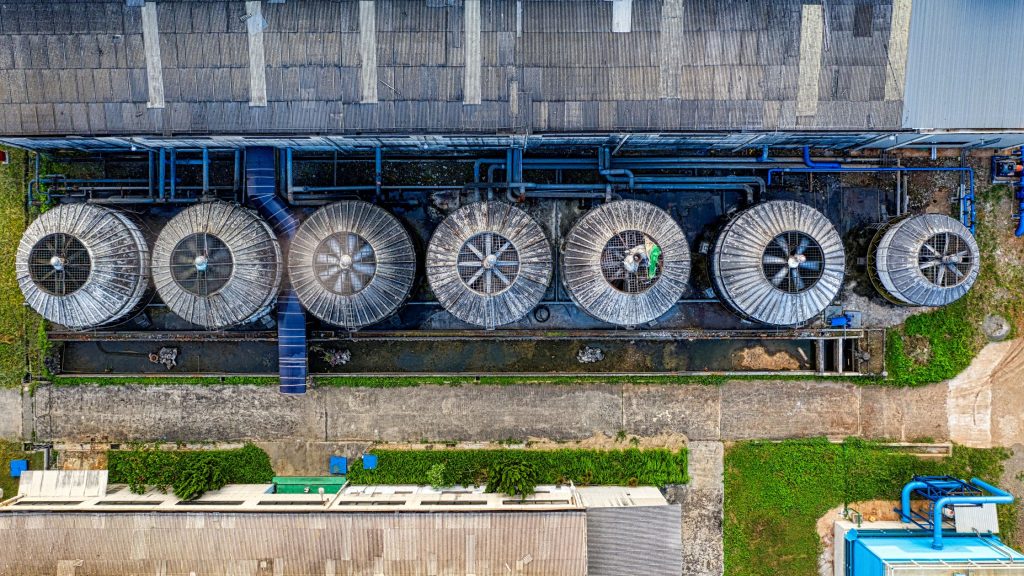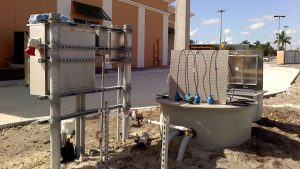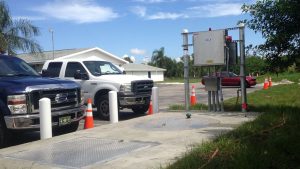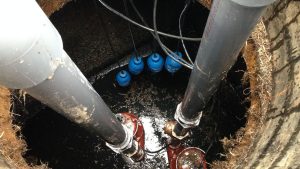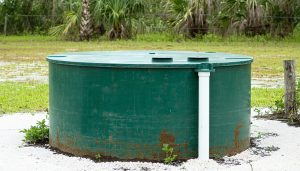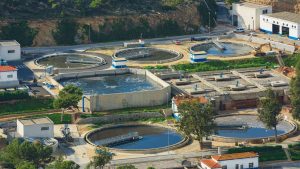Lift stations, much like the veins in your body, are essential to the wastewater management system. You may be aware of the challenges posed by aging infrastructure that struggles to meet modern demands. Optimizing and expanding these stations involves not only increasing capacity but also integrating advanced technologies to improve efficiency and reliability.
So, how can you strategically plan these upgrades while balancing costs and long-term benefits? Before making any decisions, consider that effective maintenance strategies may provide the key to a more sustainable future.
Importance of Lift Stations
Lift stations are crucial components of modern wastewater management systems, playing a pivotal role in ensuring efficient sewage flow, particularly in areas where gravity alone is insufficient.
You rely on lift station technology to move wastewater through sewer infrastructure efficiently, even in challenging terrains. This technology uses pumps to elevate sewage to higher levels, maintaining a steady flow toward treatment facilities.
Pump efficiency is essential, as it directly impacts energy consumption and operational costs. By optimizing lift stations, you can reduce the environmental impact, minimize energy usage, and prevent overflows that could harm ecosystems.
Effective wastewater management ensures that sewage is treated properly, safeguarding public health and the environment.
Embrace the advancements in technology to enhance your community’s infrastructure.
Challenges With Aging Systems
As lift stations age, several challenges begin to emerge that can compromise their efficiency and reliability.
You will encounter various issues that require your attention.
1. Pump Failures: Aging pumps often break down, leading to costly repairs and potential service disruptions.
2. Valve Corrosion: Corroded valves can result in leaks or blockages, impacting the station’s overall performance.
3. Capacity Constraints: Old systems struggle to handle increased wastewater volumes, risking overflows during peak times.
4. Outdated Technology: Lacking modern automation, outdated systems struggle to meet current operational demands and efficiency.
These factors can also complicate regulatory compliance, exposing you to fines or penalties.
Staying proactive in addressing these issues is crucial to maintaining a reliable and efficient lift station operation.
Advantages of Modernization
Upgrading lift stations offers a host of advantages that can’t be ignored.
Notice how your energy use becomes more efficient, leading to lower electricity bills and a more eco-friendly operation. Advanced monitoring systems give you real-time data, so you can quickly address any problems and improve your emergency readiness.
By carefully considering pump selection, you can ensure optimal performance tailored to your specific needs, ultimately increasing reliability and reducing downtime.
Modernization also helps you meet compliance standards, safeguarding against potential regulatory penalties.
With these updates, your lift station’s operations become smoother and more dependable. Embracing modernization boosts performance and protects your investment, ensuring that your wastewater management system is both efficient and future-ready.
Upgrade Planning Essentials
Modernizing your lift station sets the stage for a successful upgrade plan. To ensure the process runs smoothly, focus on these key areas.
1. Cost Analysis: Determine the financial implications of your project. Accurately assess all expenses to avoid budget overruns.
2. Technology Selection: Choose the right technology to enhance efficiency and reliability. Consider advancements in automation and energy efficiency.
3. Project Timeline: Establish a realistic timeline that accommodates installation and potential delays. Coordinate with suppliers and contractors for seamless execution.
4. Regulatory Considerations: Stay compliant with local, state, and federal regulations to avoid penalties.
Engage stakeholders early in the planning process. Their input is vital for aligning project goals and ensuring support throughout.
Effective Maintenance Strategies
How do you ensure your lift station operates at peak efficiency? Start with a solid preventive maintenance plan.
Regular equipment inspections are crucial. They help you catch potential issues before they lead to costly failures.
Performance monitoring should be ongoing, giving you real-time data to make informed decisions and optimize operations.
It’s also important to have robust emergency protocols in place. This ensures that your team can respond quickly and effectively to unexpected issues.
Don’t forget the human element—staff training is vital. Your team needs to know how to operate and maintain the equipment properly.
Elevating Wastewater Management: South Florida Lift Station’s Promise
In the ever-evolving field of wastewater management, South Florida Lift Station is a leader in innovation and reliability. Our extensive expertise in lift station services ensures that when you upgrade outdated technology, you are also embracing a future where efficiency and sustainability work together. By choosing us, you are selecting a partner dedicated to preventing costly overflows and promoting a healthier environment through advanced solutions.
Our commitment to effective maintenance goes beyond routine tasks; it serves as a foundation for your long-term success. With South Florida Lift Station, you are choosing resilience over decay and transforming your wastewater management into a modern model of efficiency.
Let us guide you on this transformative journey, as we utilize our unmatched experience to enhance your operations and deliver exceptional value to your community.

